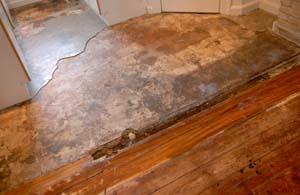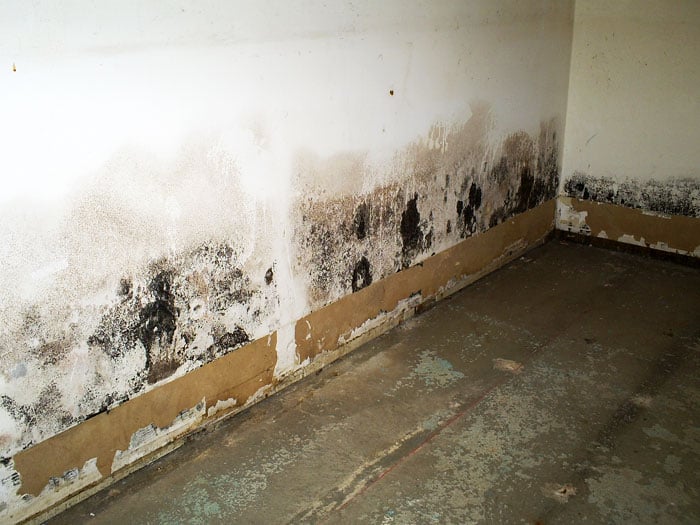Do's & Don'ts of Water Damage.
Do's & Don'ts of Water Damage.
Blog Article
They are making several great observations about Safety Tips To Prevent Fire And Water Damage overall in the article down the page.

Water provides life, water invasion on components where it's not intended to be can result in damage. Houses with water damage odor moldy as well as old.
Water can originate from several sources such as tropical storms, floodings, ruptured pipelines, leakages, as well as drain problems. In case you experience water damage, it would certainly be good to know some safety preventative measures. Below are a couple of standards on exactly how to take care of water damage.
Do Prioritize Home Insurance Coverage Insurance Coverage
Water damages from flood dues to hefty winds is seasonal. You can likewise experience an abrupt flooding when a faulty pipe suddenly breaks right into your residence. It would certainly be best to have home insurance policy that covers both acts of God such as natural catastrophes, and also emergencies like busted plumbing.
Don't Neglect to Shut Off Energies
In case of a disaster, particularly if you live in a flood-prone location, it would be suggested to turn off the primary electric circuit. This removes power to your whole residence, stopping electric shocks when water is available in as it is a conductor. Don't fail to remember to turn off the main water line valve. When floodwaters are high, furnishings will walk around and cause damage. Having the major shutoff turned off protects against further damage.
Do Remain Proactive as well as Heed Weather Alerts
Storm floods can be really unpredictable. If there is a background of flooding in your neighborhood, stay positive and also prepared. Listen to evacuation warnings if you live near a river, creek, or lake . Get prized possessions from the ground floor and basement, after that placed them on the highest possible degree. Doing so minimizes prospective building damage.
Don't Overlook the Roof
Before the weather transforms shocking, make sure you have a roof covering assessment. It would be prudent to obtain this service annually as it can alleviate complex problems. If there are no openings and leaks in your roof covering, you can avoid rain damage. Your contractor will also deal with damaged gutters or any other signs of weakening. This will avoid water from streaming down your wall surfaces and soaking your ceiling.
Do Take Note Of Small Leakages
A burst pipe doesn't occur over night. You might see gurgling paint, peeling off wallpaper, water touches, water discolorations, or dripping sounds behind the walls. Have your plumbing fixed before it results in large damages.
Don't Panic in Case of a Burst Pipe
Keeping your presence of mind is vital in a time of crisis. Since it will stifle you from acting quick, worrying will just worsen the problem. When it concerns water damage, timing is crucial. The longer you wait, the more damages you can expect. Therefore, if a pipeline bursts in your home, instantly turned off your major water shutoff to cut off the source. Disconnect all electrical outlets in the area or transform off the circuit breaker for that part of the house. Finally, call a trusted water damage remediation specialist for aid.
Water provides life, water breach on components where it's not expected to be can result in damage. Residences with water damage smell old and also musty.
Water damages from flooding charges to heavy winds is seasonal. You might notice bubbling paint, peeling wallpaper, water touches, water discolorations, or trickling audios behind the wall surfaces. When it comes to water damages, timing is vital.
Some Do's & Don't When Dealing with a Water Damage
DO:
Make sure the water source has been eliminated. Contact a plumber if needed. Turn off circuit breakers supplying electricity to wet areas and unplug any electronics that are on wet carpet or surfaces Remove small furniture items Remove as much excess water as possible by mopping or blotting; Use WHITE towels to blot wet carpeting Wipe water from wooden furniture after removing anything on it Remove and prop up wet upholstery cushions for even drying (check for any bleeding) Pin up curtains or furniture skirts if needed Place aluminum foil, saucers or wood blocks between furniture legs and wet carpet Turn on air conditioning for maximum drying in winter and open windows in the summer Open any drawers and cabinets affected for complete drying but do not force them open Remove any valuable art objects or paintings to a safe, dry place Open any suitcases or luggage that may have been affected to dry, preferably in sunlight Hang any fur or leather goods to dry at room temperature Punch small holes in sagging ceilings to relieve trapped water (don't forget to place pans beneath!); however, if the ceiling is sagging extremely low, stay out of the room and we'll take care of it DO NOT:
Leave wet fabrics in place; dry them as soon as possible Leave books, magazines or any other colored items on wet carpets or floor Use your household vacuum to remove water Use TV's or other electronics/appliances while standing on wet carpets or floors; especially not on wet concrete floors Turn on ceiling fixtures if the ceiling is wet Turn your heat up, unless instructed otherwise

I was introduced to that article on Fire And Water Damage Prevention from someone on another domain. If you appreciated our blog post kindly make sure you remember to pass it around. Thank-you for going through it.
Report this page